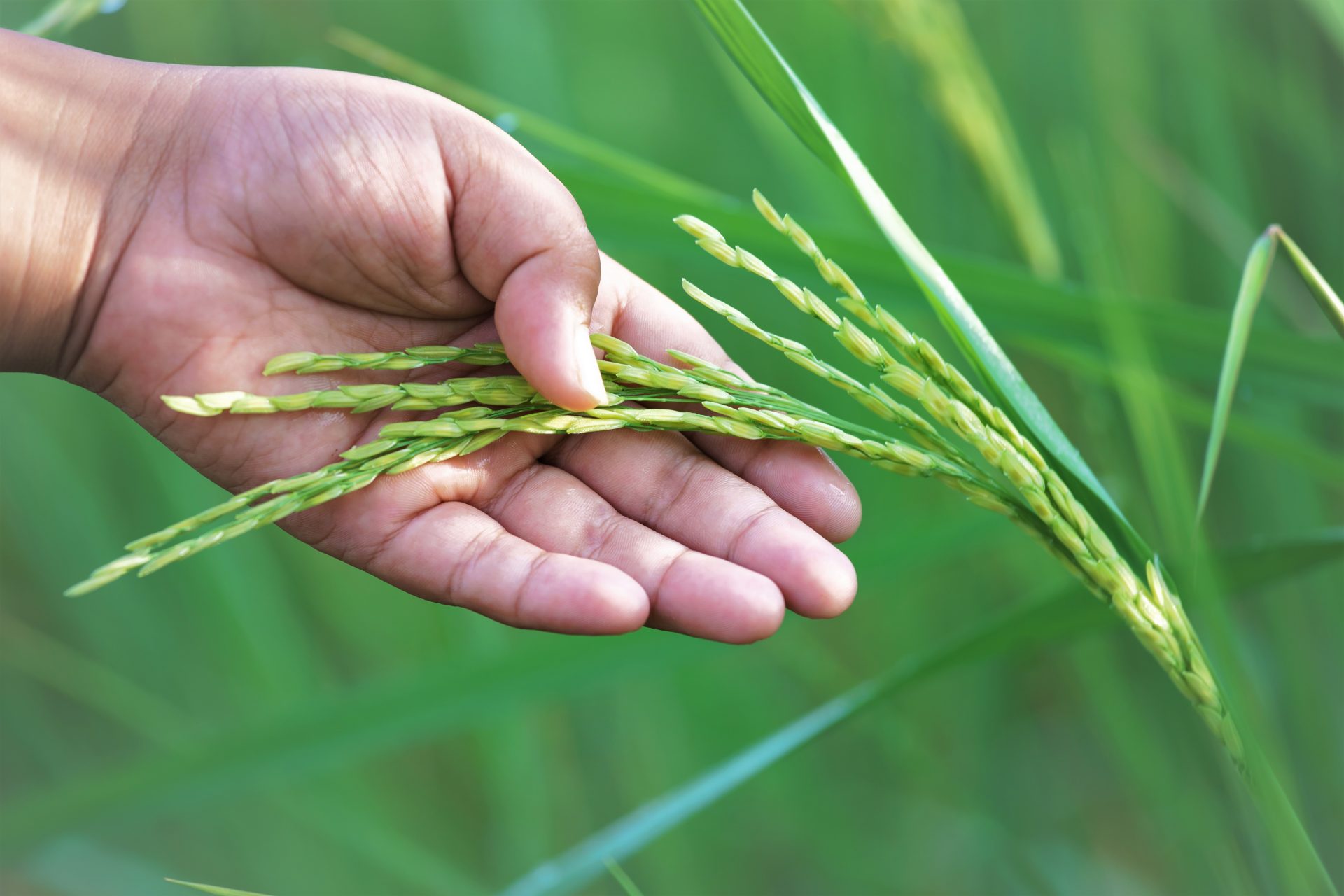The growing population and the challenging objectives of the Farm to Fork Strategy and the European Green Deal have increased the need for an innovative approach to agriculture in Europe in the context of sustainable development. As recently stated by European Commission’s Vice President Frans Timmermans, genome-edited plants have the potential to contribute to the objectives of more resilient and sustainable agri-food production. Genome editing is rapidly becoming one of the more useful technologies in agriculture since its application can help produce larger amounts of healthier and more nutritious food without raising the percentage of land used for agriculture.
In the last two centuries, agronomists and biologists have worked hard to breed new plant varieties or cultivars capable of achieving higher yields, greater tolerance to biotic and abiotic stresses and enhanced nutritional quality. Although the scientific basis of such processes was not yet known, traditional breeding techniques were already widely used to select desirable traits within crossbreeding species before the emergence of genetic studies in the 19th and 20th Centuries. Both Mendel and his “successors” studied plant genetics extensively.
Starting from at least the 1930s chemical- and radiation-induced genetic mutations have considerably increased the diversity of selectable traits. Still, these methods are cumbersome and imprecise since they involve random mutations that rarely result in desirable traits and require extensive subsequent traditional plant breeding techniques to develop commercially viable plant varieties.
Genome editing has emerged in the last few years as an additional tool to conventional breeding, having been successfully used to modify crop genomes with greater precision. These techniques are quicker and more precise than conventional crossbreeding, and impressive results can often be achieved without adding “foreign” genes. In such cases, genes within a ‘ ‘plant’s genome are edited, “instructing” the plant to produce the desired trait.
Of course, as happens with all innovations, a cautious and safety-based approach is essential. These new techniques have already contributed to important developments in medicine and biology, from oncology to tissue reconstruction and vaccines. If a balanced regulation and the right investments are provided, we could supply healthy and nutritious food to the population at an acceptable cost while not consuming too many resources. Likely, genome editing and other innovations such as artificial intelligence and robotics will have an important role to play in achieving the sustainability objectives set by the European Green Deal and the targets laid out in the Farm to Fork Strategy.
For this reason, as was also confirmed by a recent event organized by the European Commission, an impact assessment is underway, and the European Parliament will vote on a proposal to regulate genome editing techniques in the spring of 2023. The potential already shown by the products obtained, or in development, through genome editing is very promising, from the famous case of tomatoes that improve blood pressure control to carrots that help prevent osteoporosis and disease-resistant bananas.
We cannot allow the European Union to lag behind on research in this strategic sector for our population’s health and well-being. Equally, Europe should be a virtuous example of regulating genome editing technologies in a balanced and safe way, acting as a guide for other countries that have yet to adopt a legislative framework. A wider range of choices will allow European citizens to decide based on their own preferences, just as happens with organic foods and all other products approved for human consumption.
Re-Imagine Europa’s Task Force on “Sustainable Agriculture and Innovation” has been working on a new vision for rethinking the relationship between technology and our natural ecosystems, in order to meet better the objectives of the Green Deal and the Farm to Fork Strategy. If you are interested in this topic, follow our social media channels (Twitter – LinkedIn) and our Planet area’s specific homepage be always up to date.




